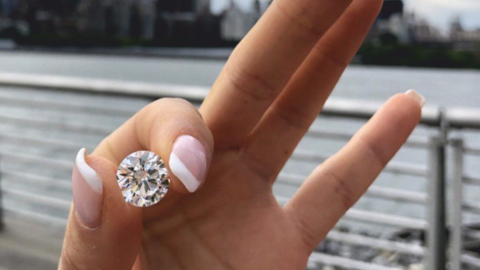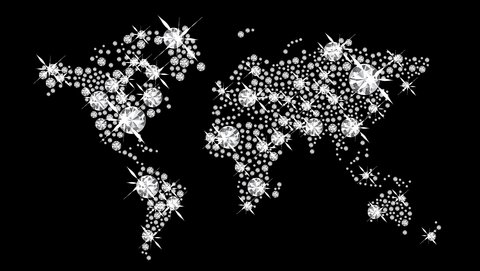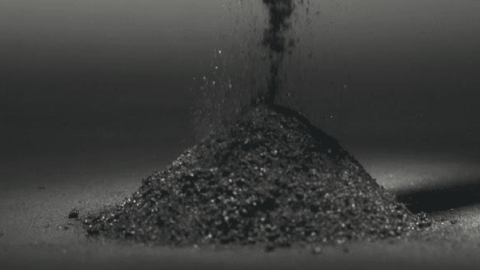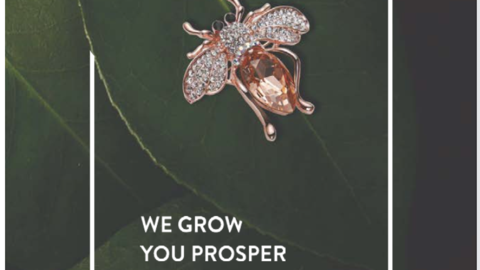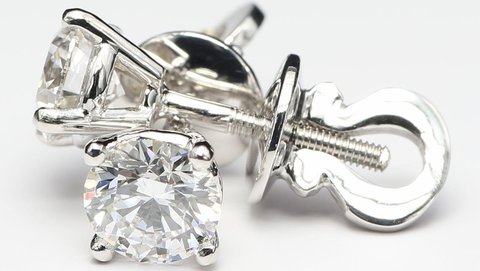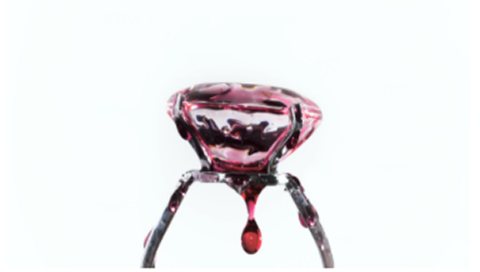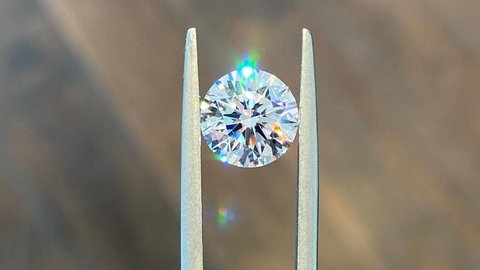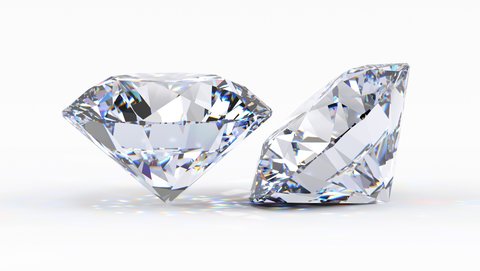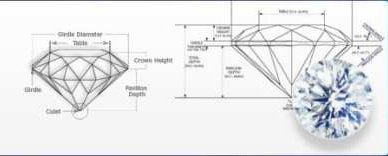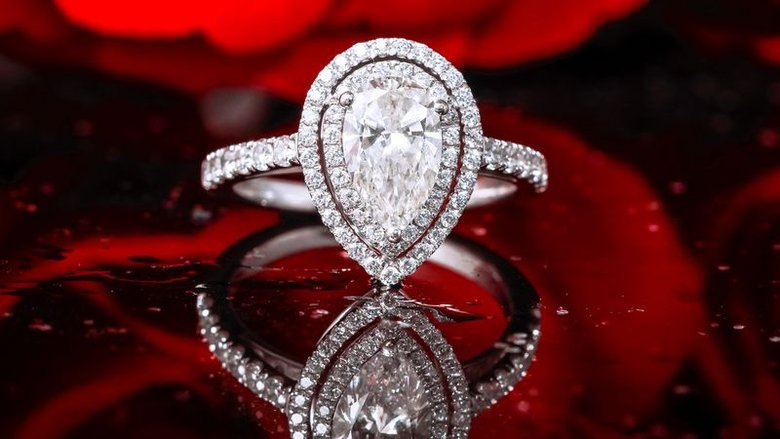Experts Predict New Developments in The Market of Lab-Grown Diamonds
Amid the ever-growing demand for lab-created diamonds, famous industry experts shared their forecasts for the nearest future. LaBrilliante focuses on the main points of these predictions to see what the market of man-made gems can expect in the following year.

What Happened Before
According to Edahn Golan, the market rose several times over the last five years in the United States. As more and more lab-grown retailers went online, as well as started promoting lab gemstones in the physical stores, so increased the demand of American consumers. While the estimated share of retail sales of lab-grown diamonds neared 1.5% in 2018, in the 2021 it already made up almost 5%, which equaled the $3.9 billion in the USA.
Global market shows a similar increase, with jewelers from a rising number of countries adopting man-made stones. While the US market accounted for over 90% of the total sales of lab-grown diamonds prior to 2018, the rest of the world did some catching-up over these years, according to Paul Zimnisky’s estimations. In 2017, the figures didn’t go beyond $1 billion, making up nearly 1% of the global diamond market. However in 2021, the lab-created diamonds sales brought in approximately $5.9 billion worldwide, which represented the total industry share of almost 8%, with over 30% of these sales made outside the US.
What Is Happening Now
Lab-grown gemstones were in high demand both domestically and abroad during the holiday season. According to Tehmasp Printer, president of IGI India, millennials were keen on choosing man-made diamonds for their Valentine’s Day’s gifts. Consumers are now educated and informed about lab-created stones more than ever before, and this shows, as some online retailers and brick-and-mortars abroad saw a 60% increase of revenue in this category during the latest holiday season.
The rise of the lab-grown diamonds focused jewelry start-ups shows the great opportunities for design and marketing. Not only can such companies save on the material costs with affordable prices of the manufactured gemstones, putting more resources into creating unique pieces, they can also attract consumers, who are looking for sustainable jewelry. “Every design created in lab grown diamonds will make you feel like royalty and the sustainable choice will be a gift to Mother Earth." says a founder of one of such international start-ups.
Concerns of jewelers, who used to be on the fence about selling lab stones, are also starting to fade. “Many consumers buying a lab-grown diamond that wouldn’t have considered a natural diamond of the same quality because the price is so much higher… lab grown diamonds are potentially finding new consumers,” says the recent article by National Jeweler.
What Is Going To Happen
One of the main predictions made by the experts concerns the segmentation. According to Edahn Golan, approximately 60% of man-created diamond retail sales are bridal. The main buying point comes in the form of affordability. However, lab stones are used more and more in fashion jewelry, which will likely lead to half of the sales falling into this category by the end of 2022. Paul Zimnisky agrees and foresees a slight shift in the following years: “I think self-purchase is probably getting to be the biggest segment of the market and a lot of that’s fashion jewelry”.
Although fashion jewelry will likely get the biggest retail category for lab diamonds, the engagement rings will continue to be set with man-made stones. What will help lab-grown gems to dig their roots deep into the bridal segment is the appearing secondary market, which will increase their value for the consumers. A few years ago it was unheard of that the company would accept a lab diamond back. Today, many lab diamond focused retail companies across the world offer an upgrade and buy back programs. “As the market for lab grown diamonds gets established, they will be resold at prevailing market prices just like the case for mined diamonds,” says the founder of the Indian midstream company that cuts lab-diamonds and sells them to wholesalers.
When talking about numbers, Golan predicts the 7% market share in the US by the end of 2022, while Paul Zimnisky forecasts that sales will bring the revenue exceeding $8 billion worldwide. He expects this figure to grow to $10 billion by 2023, representing 10% of the global diamond jewelry market. Both Zimnisky and Golan have “no doubt the lab grown diamond market will continue to grow”.


